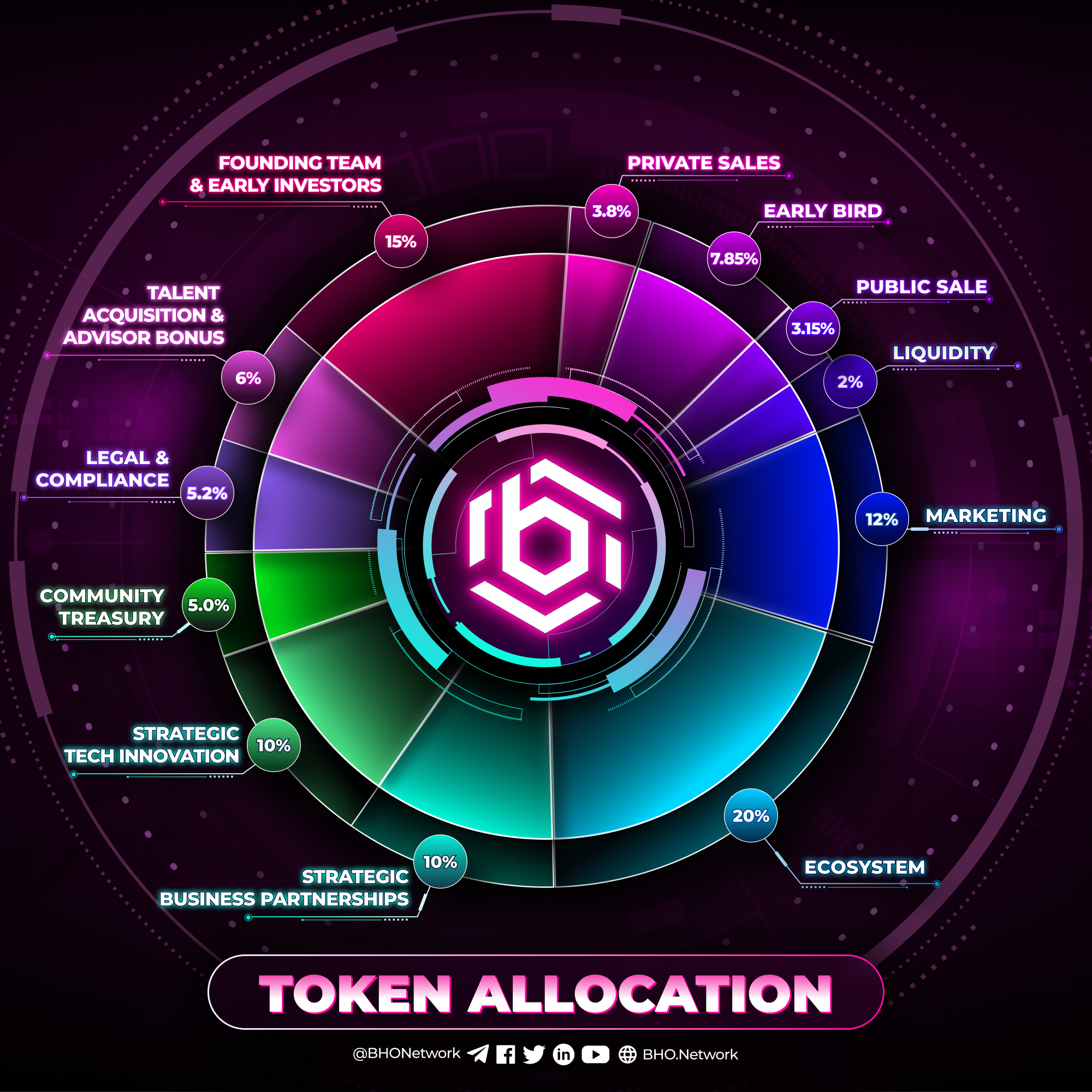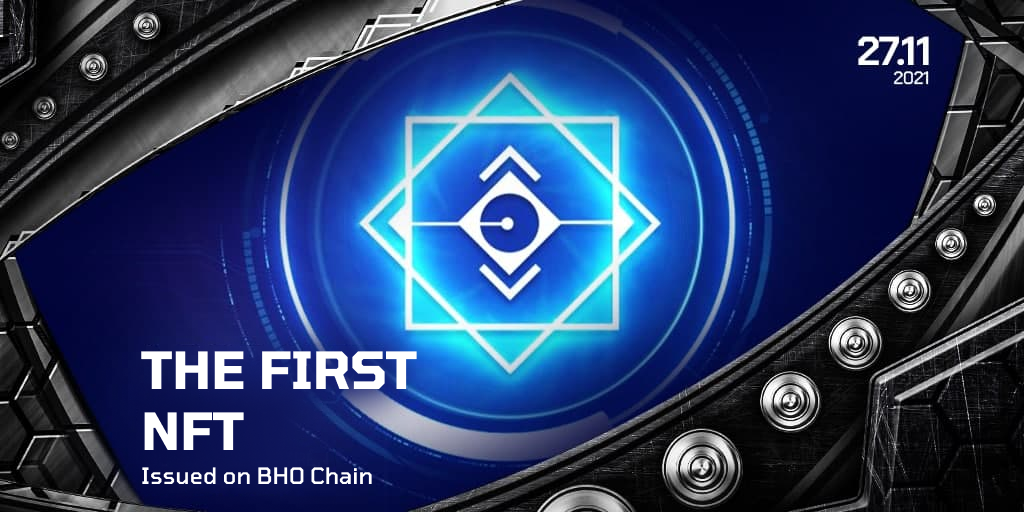THE HALVING EVENT AND ITS IMPACT ON THE BITCOIN NETWORK
The Bitcoin halving constitutes a pivotal event in the Bitcoin protocol, signifying a 50% reduction in block rewards after every 210,000 blocks. Widely acknowledged as a paramount occurrence in the realm of cryptocurrencies, comprehending the intricacies of Bitcoin halving and its repercussions on the market is imperative, irrespective of one's familiarity with cryptocurrency.
What is Bitcoin Halving?
Regarded as the preeminent event in the cryptocurrency timeline, Bitcoin halving involves halving the mining reward to curtail the influx of new currency into circulation. Cryptocurrencies like Bitcoin operate on the Proof-of-Work (PoW) algorithm, where miners employ specialized computers to solve mathematical problems, generate new blocks, introduce new Bitcoins into circulation, and receive rewards.
In the Bitcoin network, the initial block reward was 50 BTC, gradually diminishing due to a recurring "halving" provision in the code. Although Bitcoin halving dates lack fixed calendar events, they occur at regular intervals—approximately every 210,000 blocks or four years. Bitcoin halving, complemented by a fixed total supply, aims to limit the introduction of freshly minted Bitcoins into circulation, capping the total supply at 21 million bitcoins.
Mechanism of Halving
The halving event is hardcoded into the blockchain protocol from its genesis block, given a Proof-of-Work (PoW) network. Essentially defined in two lines of code, it specifies the timing and cessation of halving for a blockchain like Bitcoin, occurring after 64 instances.
The most recent Bitcoin halving transpired on May 12, 2020. Upon reaching the halving block, the event instantaneously executed, halving the block reward. The subsequent Bitcoin halving is anticipated on April 18, 2024.
Impact of Halving on the Bitcoin Network
Hashrate, measuring computational power, serves as a vital gauge for network strength and security. A higher hashrate, indicative of more miners, triggers algorithmic adjustments, heightening mining complexity with increased computational power. While more miners enhance network security, it may also imply concentration, limiting mining to major players. Conversely, a decentralized landscape prevails if smaller participants engage.
Following a halving, hashrate may decline as fewer miners participate. Yet, if reduced hashrate prompts a Bitcoin price surge due to diminished supply, the reduced mining reward's value may counterbalance this decline.
Although not guaranteed, historical trends suggest that Bitcoin halving coincides with notable price surges, driven by supply and demand dynamics. Various factors, including market psychology and macroeconomic conditions, also significantly influence Bitcoin prices.
Published on January 19, 2024
Tagged topics







